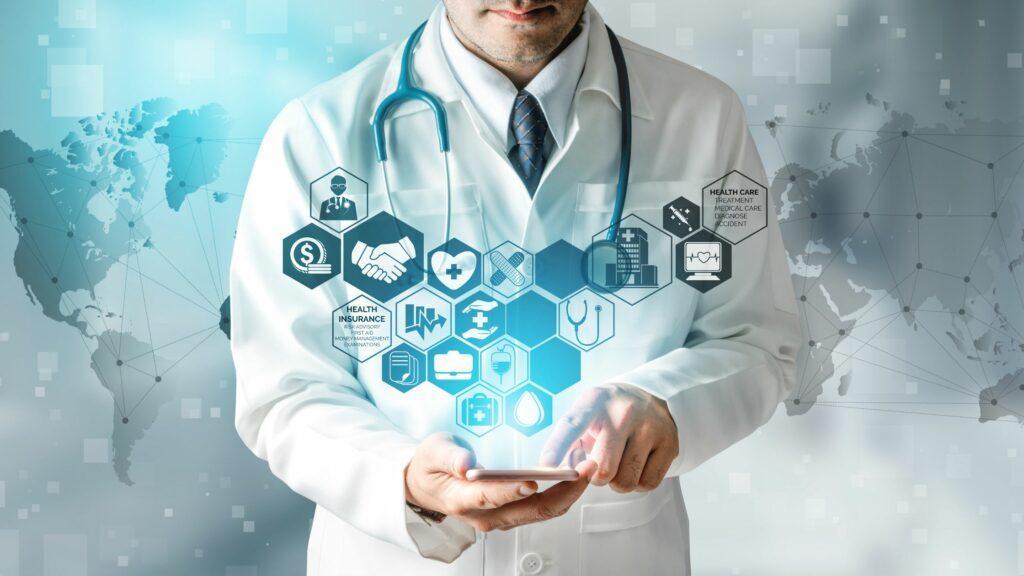Wearable health monitoring devices have revolutionized the way we approach patient care. These devices have evolved significantly over the years, from simple pedometers to sophisticated smartwatches and fitness trackers that can monitor a wide range of health metrics. The impact of these technologies on patient care has been profound, providing healthcare professionals with valuable insights into their patients’ health and empowering individuals to take control of their own well-being.
The evolution of wearable health monitoring devices can be traced back to the early 2000s when the first generation of fitness trackers hit the market. These devices were primarily designed to track physical activity, such as steps taken and calories burned, and were popular among fitness enthusiasts and athletes. However, as technology advanced, so did the capabilities of these devices. Today, wearable health monitoring devices can track a wide range of health metrics, including heart rate, blood pressure, sleep patterns, and even ECG readings.
One of the most significant impacts of wearable health monitoring devices is their ability to provide real-time data to healthcare professionals. Traditionally, patients would have to visit a healthcare facility to have their vital signs monitored, which limited the frequency and accuracy of the data collected. With wearable devices, healthcare professionals can now access real-time data on their patients’ health, allowing for more proactive and personalized care. For example, a patient with a heart condition can wear a smartwatch that continuously monitors their heart rate and alerts their healthcare provider if any irregularities are detected.
In addition to providing valuable data to healthcare professionals, wearable health monitoring devices also empower individuals to take control of their own health. These devices provide users with insights into their daily habits and behaviors, allowing them to make informed decisions about their lifestyle and well-being. For example, a fitness tracker can provide feedback on a person’s activity levels and encourage them to be more active throughout the day. Similarly, a smartwatch can monitor a person’s sleep patterns and provide recommendations for improving their sleep quality.
The impact of wearable health monitoring devices extends beyond individual patient care. These devices have the potential to revolutionize the way we approach public health initiatives and disease prevention. For example, wearable devices can be used to track the spread of infectious diseases by monitoring individuals’ vital signs and identifying potential outbreaks. Additionally, these devices can be used to collect data for clinical research and population health studies, providing valuable insights into the prevalence and impact of various health conditions.
Despite the numerous benefits of wearable health monitoring devices, there are also challenges and considerations that need to be addressed. One of the main concerns is the accuracy and reliability of the data collected by these devices. While advancements in technology have improved the accuracy of these devices, there is still a need for rigorous validation and standardization of the data collected. Additionally, there are privacy and security concerns surrounding the collection and storage of personal health data, which need to be carefully managed to ensure the protection of individuals’ privacy.
Another consideration is the potential for information overload. With the continuous stream of data provided by wearable devices, there is a risk of overwhelming both patients and healthcare professionals with unnecessary information. It is essential to develop effective strategies for managing and interpreting the data collected to ensure that it is used to inform meaningful and actionable insights.
In conclusion, wearable health monitoring devices have had a significant impact on patient care, providing valuable insights into individuals health and empowering them to take control of their well-being. The evolution of these devices has transformed the way we approach healthcare, providing healthcare professionals with real-time data and individuals with the tools to make informed decisions about their health. While there are challenges and considerations that need to be addressed, the potential for wearable health monitoring devices to improve patient care and public health initiatives is undeniable. As technology continues to advance, we can expect to see even more innovative and impactful developments in this field.


